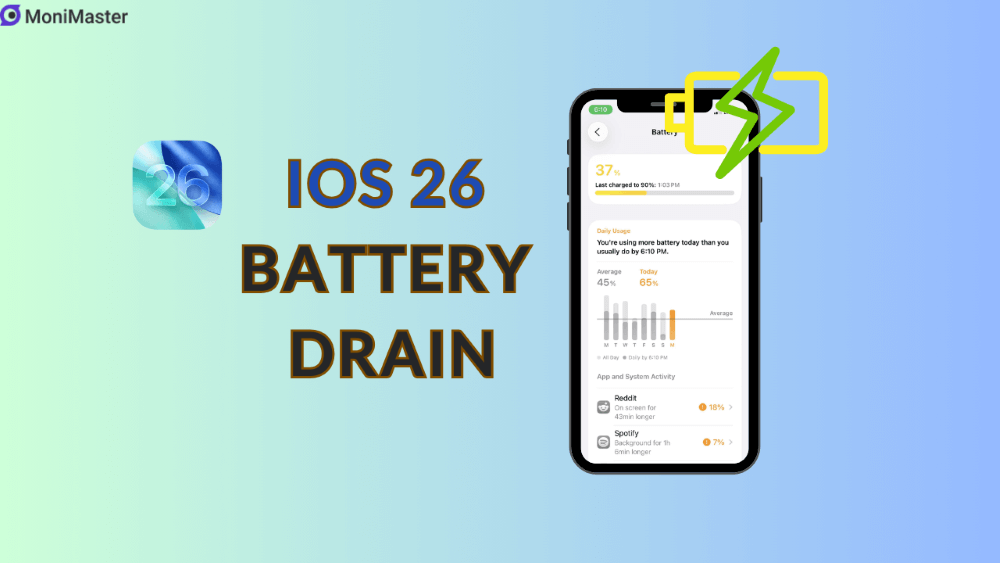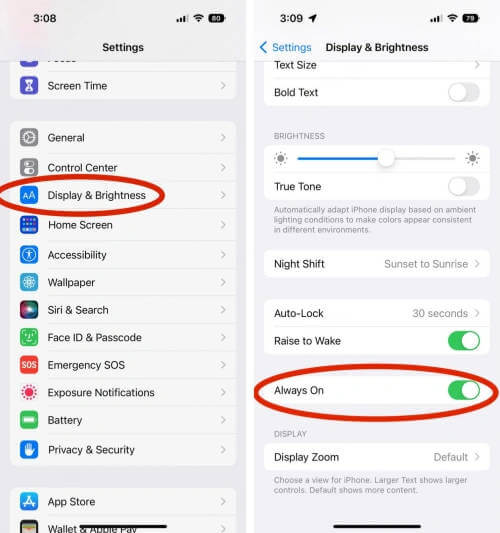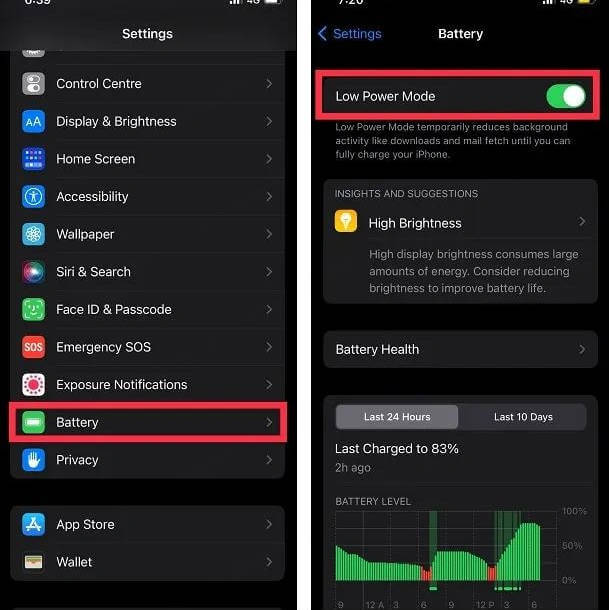MoniMaster Support: Monitor devices with others' permission.
With the release of iOS 26, many iPhone users have reported experiencing unexpected battery drain. While new features and system updates can enhance device performance, they may also introduce challenges. Understanding the root causes and implementing effective solutions can help mitigate these issues.

Why Is iOS 26 Draining My iPhone Battery?
Several factors contribute to increased battery consumption following the iOS 26 update:
1Background Processes Post-Update
After installing a new iOS version, your iPhone may engage in background activities such as reindexing, syncing, or analyzing data. These processes can temporarily consume more battery power. Typically, battery performance stabilizes within a few days as these tasks complete.
2Beta Software Instability
Users on the iOS 26 beta have reported issues like overheating and rapid battery drain. These problems are often due to unoptimized code and are common in beta versions. If you're experiencing such issues, consider downgrading to a stable iOS version.
3High Power Consumption by Certain Apps
Some applications may not be fully optimized for iOS 26, leading to excessive battery usage. The updated Battery settings now highlight apps that consume more power than usual, allowing users to identify and manage these applications effectively.
4New Features Consuming Additional Power
iOS 26 introduces features like the Always-On Display and Adaptive Power Mode. While these are designed to enhance user experience, they can also increase power consumption, especially if not configured properly.
How to Fix iOS 26 Battery Drain on iPhone?
To address and resolve battery drain issues on iOS 26, consider the following steps:
1Reboot Your iPhone
Restarting your device can clear temporary files and refresh system processes, potentially improving battery life.
2Turn Off Always-On Display
Disabling the Always-On Display feature can prevent unnecessary battery consumption.

3Activate Low Power Mode
Enabling Low Power Mode reduces background activity and visual effects, extending battery life.

4Identify and Manage Battery-Draining Apps
Navigate to Settings > Battery to view which apps consume the most power. Consider updating or limiting the use of these applications.
5Update Your Apps
Ensure all installed apps are updated to their latest versions, as developers often release updates to improve compatibility with new iOS versions.
6Revert to a Stable iOS Version
If issues persist, consider downgrading to a previous iOS version. Tools like UltFone iOS System Repair can assist in this process without data loss.
7Reset All Settings
Resetting all settings can resolve conflicts caused by misconfigured preferences. This action won't delete personal data but will reset system settings to their defaults.
8Reinstall iOS 26
Reinstalling the iOS system can fix corrupted files or bugs causing battery drain. Ensure your data is backed up before proceeding with this option.
Future Updates and Considerations
Apple is likely to release subsequent updates to address battery performance issues identified in iOS 26. Regularly check for software updates in Settings > General > Software Update to ensure your device benefits from the latest improvements.
Conclusion
Experiencing battery drain after updating to iOS 26 is a common concern among iPhone users. By understanding the underlying causes and implementing the suggested solutions, you can optimize your device's battery performance. If problems persist, consider reaching out to Apple Support for further assistance.
















